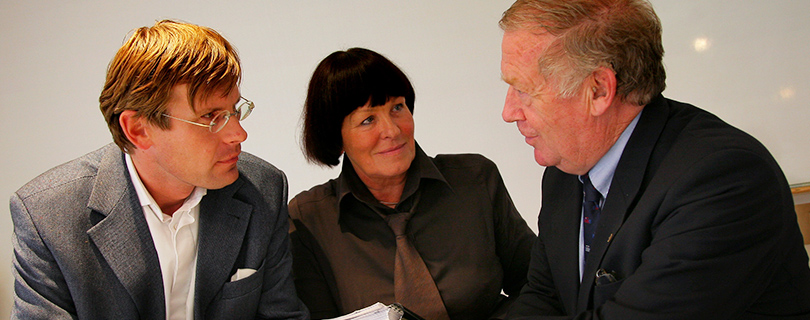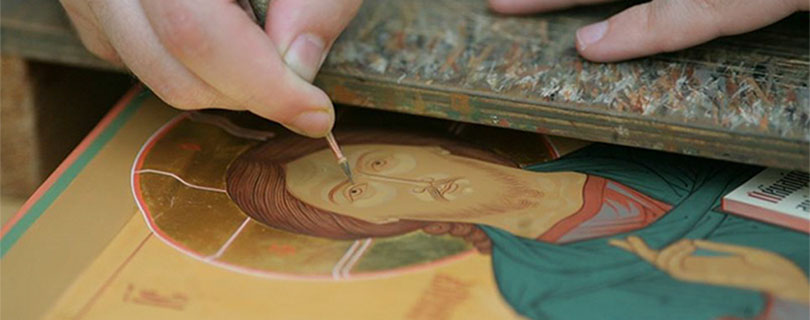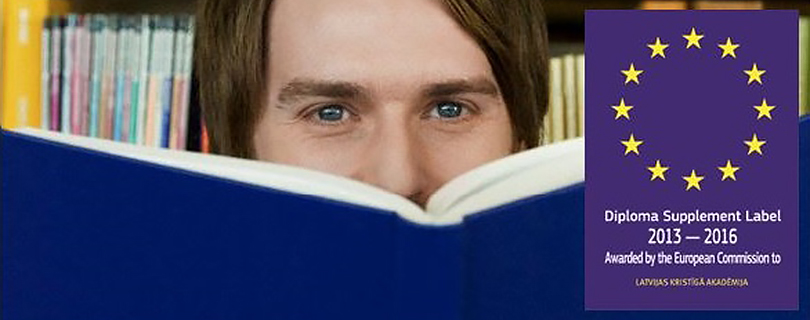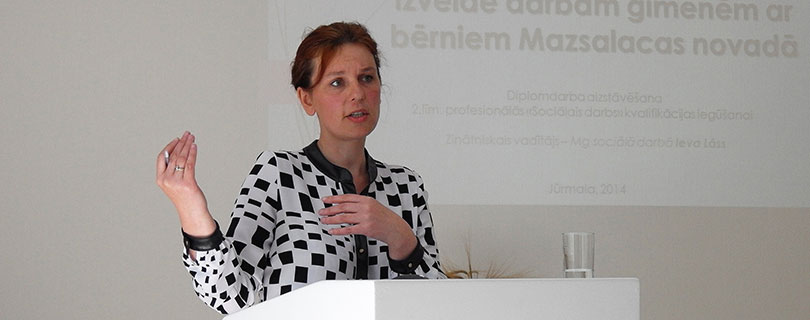FOR MORE DETAILS ON RESEARCH AT THE ACADEMY PLEASE VISIT RESEARCH PORTAL “RHEMA”
Both teachers and students started to take part in archaeological digs in the Holy Land – Israel – in the early days of the Academy in summer 1994. It was our privilege to be invited for a long-lasting cooperation with specialists from Finnish Theological Institute, Helsinki (https://sti.fi/index.php/english). Digs were organized by both STI and Rockefeller Museum in Jerusalem (https://www.imj.org.il/).
The first place of digs was in Latroun, one of the possible locations of the Gospel Emmaus, the project lasted several years and was called “Emmaus – Latroun”. The project manager from the Israeli side was a well-known archeologist and Biblical scholar Dr. Israel Fleckenstein, Palestinian and Finnish managers were (and still are) Dr. Mikko Lauhivouri and Dr. Eero Junkkaala. Archeological site situated in the Carmelite monastery grounds and digs revealed ancient Christian settlements dating back to the very first centuries AD.
Another place of digs was in the “Land of Geshur” located high up in hills in the North-West of Galilee. The project led by Old Testament scholars was focused on early Israelite settlements right after the Conquest.
Participation in digs has given a unique possibility to develop an insight into the Holy Land archeology, ancient Christian lifestyle, and system of beliefs not found described in books. The direct touch of the land, its people, and precious traditions has opened up the world of the Bible for theology students and teachers.
Out of this fruitful and inspiring cooperation, three books were published in Latvian: translation of the world-famous novel by Sholem Asch “The Nazarene”, deeply rooted in love to the country of Jesus, and two original volumes by Guntis Dišlers, lecturer at the LChrA (in the picture with Dr. Eero Junkaala, STI): “God and Human History in the Old Testament” and “Religious Art in the Old Testament”.
Participation in archaeological digs contributed to the making of the concept of the Icon painting at LChrA. Students have learned to look upon icons as a precious treasure of ancient Christian art, to draw the line in order to emphasize its Divine beauty.
Traveling around the Holy Land – Jerusalem, Bethlehem, Galilee – opened our eyes to theology as a serious need in humanitarian sciences. What creates this phenomenon is not human speculation, but a sincere and honest attitude to God through the Church of Christ.



